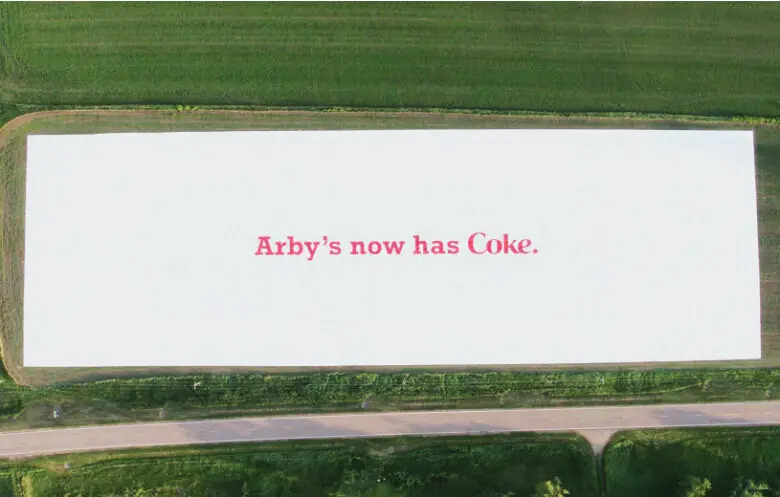Did you know that the earliest known form of printing dates back to 200 BC in China, where ink and paper were used to create stamps?
Or that one of the oldest existing books, The Diamond Sutra, is printed on a 16-foot-long scroll from 868 AD?
Print has come a long way since then – its use now extends far beyond books and scrolls and is used in various forms, from newspapers and magazines to packaging and billboards.
The Informed Print Buyer
Today’s print buyers are more informed than ever. But how much do they know about the fascinating world of printing?
To help you connect with your print buyers on a deeper level, here are a few facts that could come in handy when you need to entertain them.
Helvetica: The Unfading Classic
Helvetica, the font that appears everywhere, has a remarkable history.
Designed in 1957 by Swiss typeface designer Max Miedinger and designer Eduard Hoffmann, it derives its name from “Helvetia,” the Latin term for Switzerland.
What’s truly bizarre is that this unassuming font gained a dedicated following, inspiring documentaries, merchandise, and even its day of celebration on April 21st—known as “Helvetica Day.” It shows that a simple font can become a cult icon even in print!
The Guinness World Records in Printing
The print industry boasts an impressive collection of Guinness World Records. From the largest newspaper to the world’s biggest book, printing continuously pushes the boundaries of scale and creativity.
Notably, the world’s largest advertisement holds a record, measuring 311,314 square feet! It’s a true testament to the power of larger-than-life marketing.
The Printing of the Dictionaries
Have you ever wondered how dictionaries were printed? In the inaugural edition of the Oxford English Dictionary, every page underwent the meticulous process of typesetting not once but twice! Yes, you heard correctly.
To streamline the process and minimize mistakes, the editors published the complete dictionary in two volumes. Each page was divided into two columns: the first column containing words from “A” to “M,” and the second column encompassing words from “N” to “Z.”
This unique approach remained in practice until the release of the second edition in 1989 when the transition to digital format finally took place.
The Staggering World of Trillions
Imagine the unfathomable task of printing one trillion dollars.
While it may appear impossible, the U.S. Bureau of Engraving and Printing has accomplished this remarkable feat by producing countless notes of astronomical value.
Did you know that if you stack one trillion one-dollar bills, the resulting tower would stretch over 67,000 miles? This astonishing visualization truly puts into perspective the immense scale of the print industry’s efforts in producing currency.

What Exactly is a Printer’s Devil?
Ever heard the term “printer’s devil”?
Back in the early days of printing, apprentices would end up with black ink-stained hands from pulling paper off the press. A clever printer named Joseph Moxon playfully called these ink-covered apprentices “devils,” adding a fun twist to the trade. These apprentices also dealt with worn-out metal letters, either putting them back or melting them for recasting.
The term’s origin is mysterious, with some thinking it’s connected to old fears about new technology being linked to the devil. Others say it might have been invented by worried scribes who thought printing would replace their handwriting jobs. The exact origin remains a puzzle, adding to the charm of this quirky phrase.
The Case of the Disappearing Space
During the early days of typesetting, when printing presses were operated manually and composed using individual metal letters, spaces were highly valued and sparingly used.
Previously, printers would omit the second space after a period to save space and reduce costs. This practice, known as “French spacing,” endured for many years but eventually became obsolete. Nowadays, it is rare to encounter anyone who does not use the correct spacing after a period.
However, there are so many controversies surrounding what French spacing actually means, that some believe it means the reverse (adding additional spaces).
The Colorful Mystery of Magenta
Did you know that magenta is the only color that does not exist as a single wavelength of light?
While colors such as red, green, and blue are found on the visible light spectrum, magenta presents a fascinating exception. It emerges from the intriguing fusion of red and blue light, stimulating the “opponent” cells that perceive color in our eyes.
In a sense, magenta doesn’t “physically” exist; it is a delightful illusion conjured by our remarkable brains!
The Secret Behind that New Book Smell
Ah, the unmistakable fragrance of a newly printed book! Have you ever wondered what causes that captivating smell?
As it turns out, the aroma we perceive when we open a new book combines chemicals such as toluene and ethylbenzene. These chemicals are released by paper and ink as they react with the air.

However, it’s important to note that this pleasant scent has a downside. The chemicals emitted are not entirely harmless and can contribute to air pollution. Nevertheless, fear not, fellow book enthusiasts! In modern printing practices, concerted efforts have been made to minimize these emissions and ensure a more environmentally friendly experience.
Interesting Ways to Share Quirky Print Facts with Your Customers
With these facts, you can now entertain your print buyers with trivia. Here are some creative ways to share the knowledge:
- Include them in blog posts or newsletters related to print topics
- Make fun videos featuring interesting print facts
- Post visuals on social media accompanied by quirky captions
- Create fun quizzes or trivia games related to printing
- Incorporate the facts into presentations and demos for customers
- Host a webinar or print expo featuring the top facts
- Make quirky print facts a part of your next email campaign
Exploring intriguing and lesser-known facts about the print industry reveals surprises that surpass imagination. From magenta’s puzzling allure to the magnitude of printing money, these trivialities bring charm to an often unnoticed industry.
Got a fun print fact of your own to share? We’d love to hear from you!



